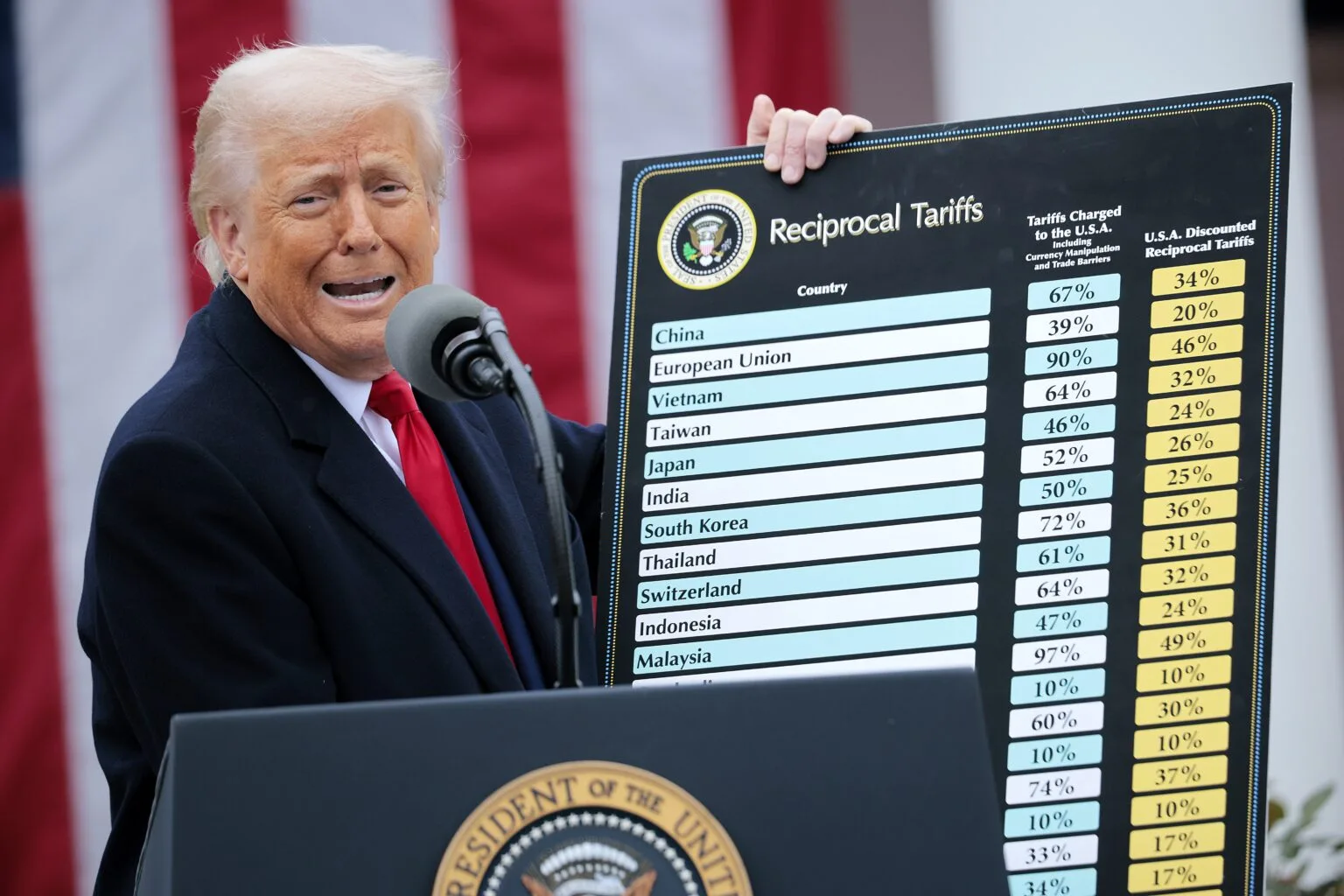Kenyan and Nigerian currencies have both hit all-time lows in the past few days, worsening the economic situation in the two heavily indebted African countries plagued by high inflation and ongoing dollar shortages.
Kenyan currency hit all-time low of 150 shillings to the US dollar on Monday (23 October), while the Nigerian naira has faced a significant devaluation, recently reaching a new low of 1,100 naira per US dollar on the black market, according to the data provided by the central banks.
The depreciation of the Kenyan shilling has accelerated over the past year, losing almost 24% of its value against the dollar. This new low in the Kenyan shilling is mainly due to the strengthening of the greenback, because of the recent crisis in the Middle East “which is pushing investors towards safe havens” and the high yields on US Treasury bonds, according to Ken Gichinga, chief economist at Mentoria Economics. This depreciation is making imports more expensive and increasing Kenya’s debt, which is also making the repayment of this debt, particularly to China, increasingly costly for the government.
Meanwhile, the Nigerian naira’s sharp depreciation comes just a day after the official market recorded a new low due to ongoing dollar shortages. The freefall of the naira in the unofficial market has been exacerbated by the removal of currency restrictions on the official market. These restrictions had previously propped up the value of Nigeria’s currency.
The country’s former Minister of Finance, Olusegun Aganga, has said that the only way to strengthen the nation’s currency is to increase productivity and capacity, and become export-oriented. Aganga added that for Nigeria to achieve 15% export to gross domestic product (GDP) ratio, it needs to earn about $72 billion from non-oil exports. “Nigeria’s export to GDP ratio is also very low when compared to Malaysia 76%, South Africa 31%, China 24% and Brazil 12%. Nigeria will need to earn about $72 billion from non-oil exports to achieve 15%.”



